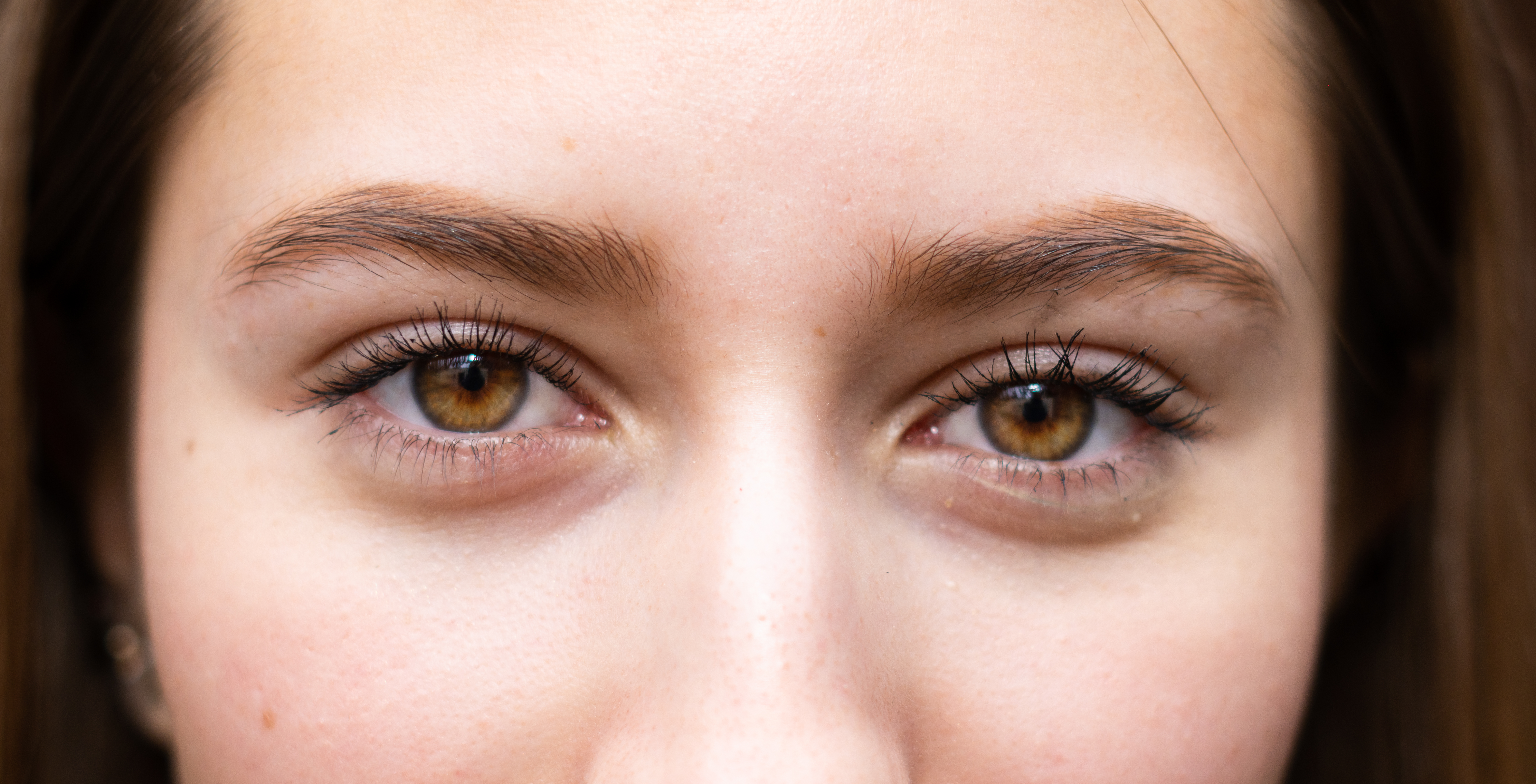What Is Conjunctivitis (Pink Eye)?

Conjunctivitis, also known as pink eye, is a common infection that causes inflammation of the thin, clear tissue that covers the white parts of the eye and lines the inside of the eyelid. This inflammation makes the whites of the eye red or pink.
What Causes Pink Eye and Is Pink Eye Contagious?
Many people have heard of this condition but wonder, “How do you get pink eye?” Pink eye has many causes, including viruses like the common cold or COVID-19, bacteria, allergens like molds and pollen, substances that irritate the eye like cosmetics or smoke, blocked tear ducts, and sexually transmitted infections (STIs).
What Causes Pink Eye in Toddlers?
Viruses and bacteria typically cause pink eye in toddlers. The condition is highly contagious, partly because it can be spread even before a person develops symptoms.
The virus particles or bacteria make their way from one person to another when an infected person touches their eye, touches someone, such as when shaking hands, and then that person touches their eye. People can also pick up the pathogen from contaminated objects like doorknobs, countertops, etc.
Pink Eye Symptoms in Kids
While anyone can get pink eye, it’s more common in children. Consequently, parents should know the pink eye symptoms in kids.
In addition to the telltale redness of the eye and inner eyelid, pink eye also causes:
- Excessive tear production in the affected eye
- Yellow discharge that forms a crust on the eyelashes, especially after sleep
- Green or white discharge
- Itching or burning sensation in the eye
- Swollen eyelid
- Sensitivity to light
- Gritty feeling in the eye
- Blurred vision
How Is Pink Eye Diagnosed?
Doctors diagnose pink eye based on an examination of the eyes. Sometimes a vision test is conducted to determine if the patient’s vision has been affected.
Typically, no other tests are needed unless bacterial pink eye is suspected. In that case, your doctor may use a cotton swab to collect a sample of the eye secretions for analysis to determine the type of bacteria present.
Pink Eye Treatment
The treatment for pink eye is different for each cause. Pink eye caused by bacteria is treated with prescription antibiotics, often in the form of eye drops or ointments. Pink eye from sexually transmitted infections is treated with antibiotics or antiviral medications.
How long does pink eye last? If a pathogen causes it, it must run its course and typically resolves in four to seven days, although it can take up to 14 days.
How to Treat Pink Eye at Home
Often, you can treat pink eye caused by irritants at home. To do that, you can:
- Rinse the eyes in a gentle stream of warm water for approximately five minutes.
- Avoid additional exposure to the substance.
- Try nonprescription eye drops or artificial tears to see if they provide symptom relief.
- If you wear contacts, leave them out until your eyes feel better.
- Apply a compress to the affected eye or eyes. Typically, a cool compress feels best, but some people find a warm one provides more relief. In case your pink eye is bacterial or viral, don’t touch both eyes with the same compress if only one is affected, as that can spread the infection.
Allergic conjunctivitis is treated with eye drops (prescription or over-the-counter) containing either anti-inflammatory drugs or antihistamines.
How to Keep Pink Eye From Spreading
For pink eye caused by viruses or bacteria, preventative measures include:
- Avoiding touching the infected eye(s)
- Frequent handwashing with soap and water
- Cleaning around the infected eye(s) twice a day using a fresh cotton ball
- Not sharing any items that might have the virus or bacteria on them (towels, eyeglasses, eye makeup, etc.)
- Washing hands thoroughly after applying eye drops or ointment
It may be recommended that young children with pink eye stay home from school or daycare until they’re no longer at risk of spreading the infection.
See Your Baptist Health Doctor for Pink Eye Treatment
Pink eye can be treated and may even resolve on its own in some cases, so it typically isn’t a serious health concern. However, it’s best to talk with your primary care doctor or your child’s pediatrician since it affects the eyes.
Find a physician near you in our online provider directory.



.jpg?rev=9ddf6790805749b994e44780efdfb13c)